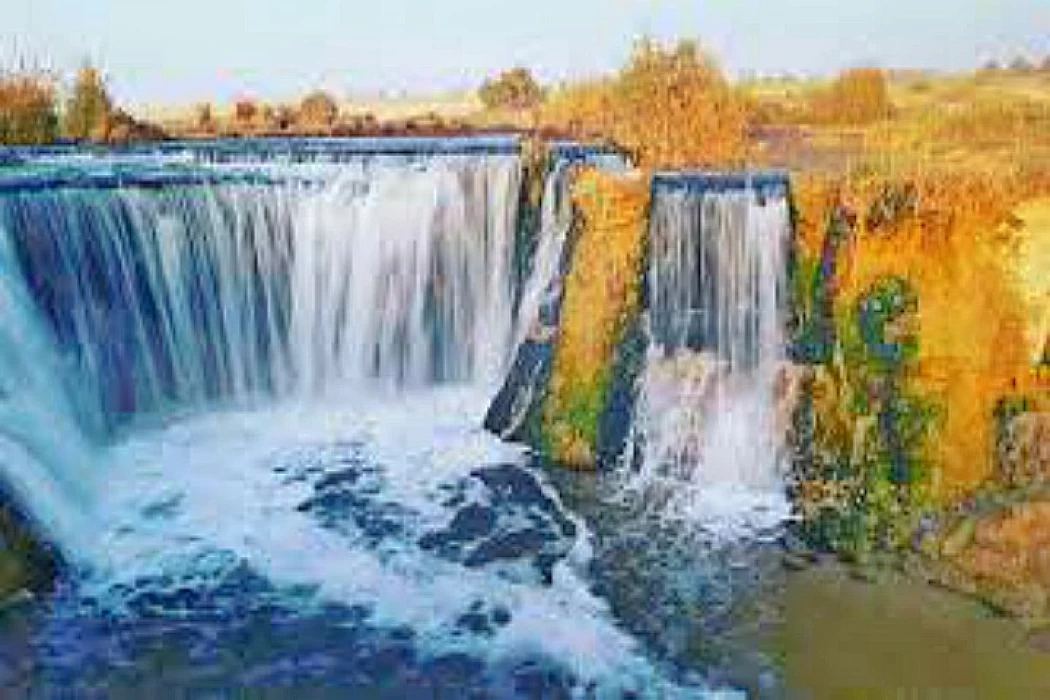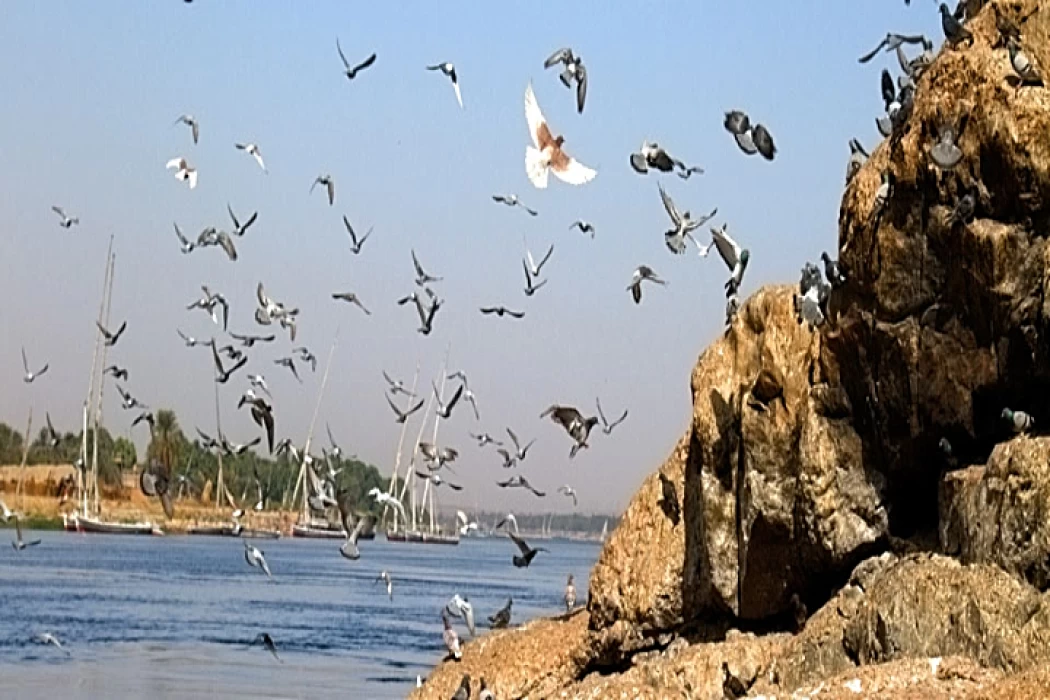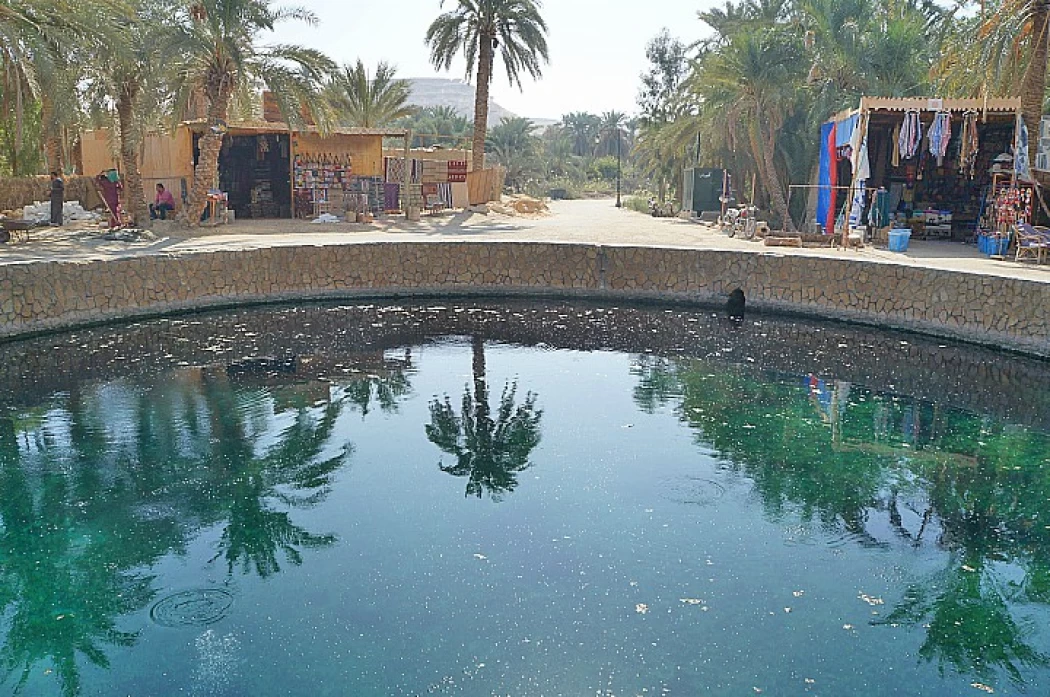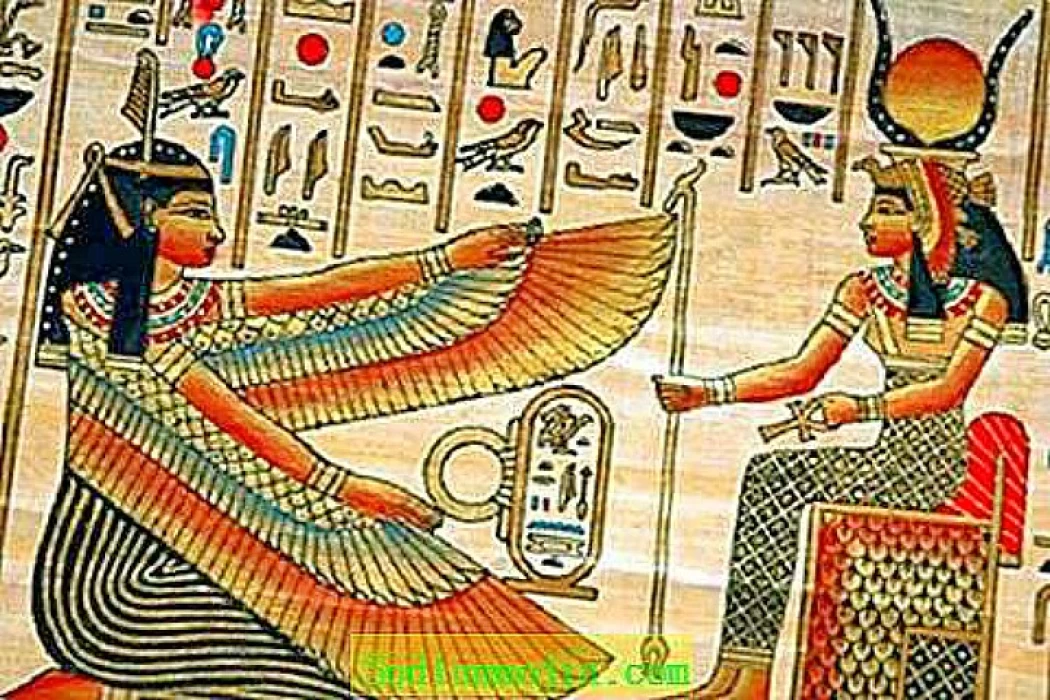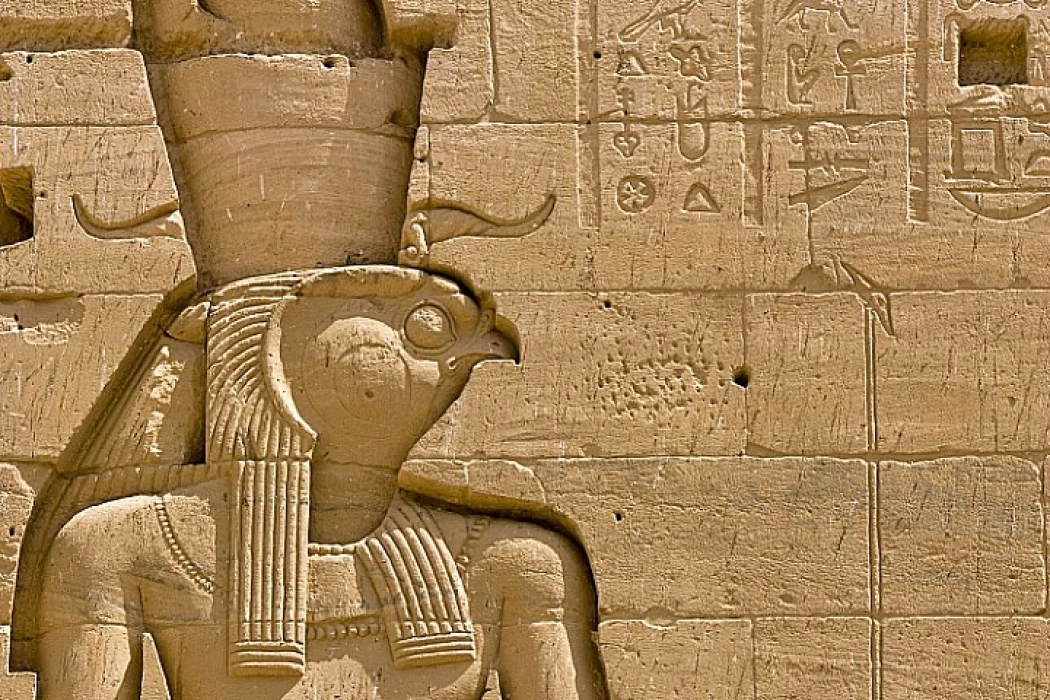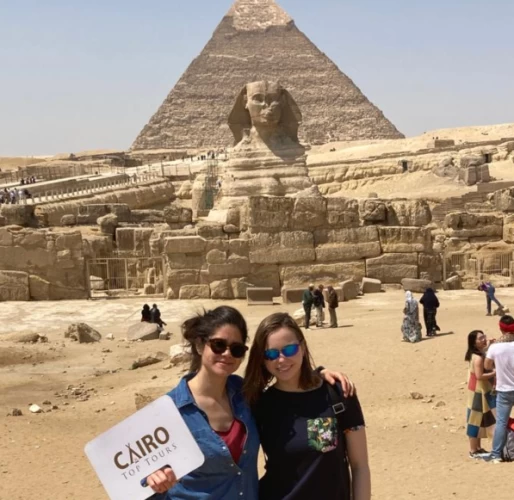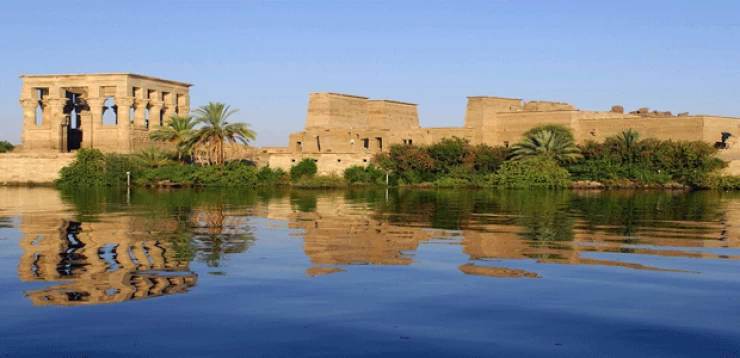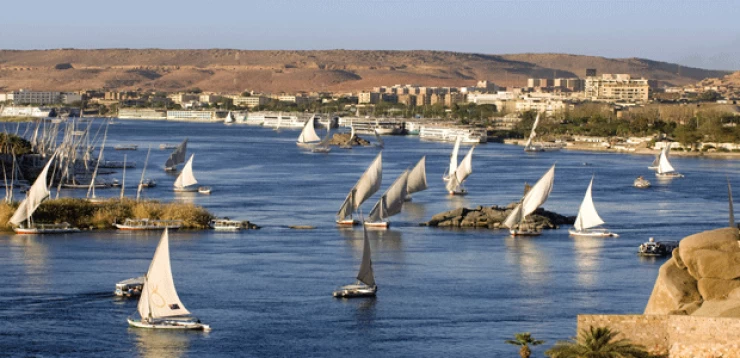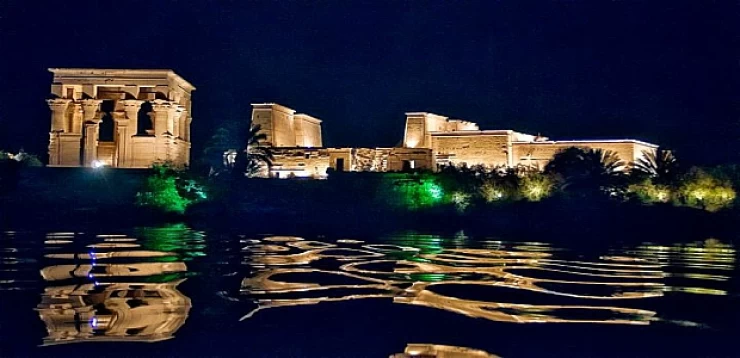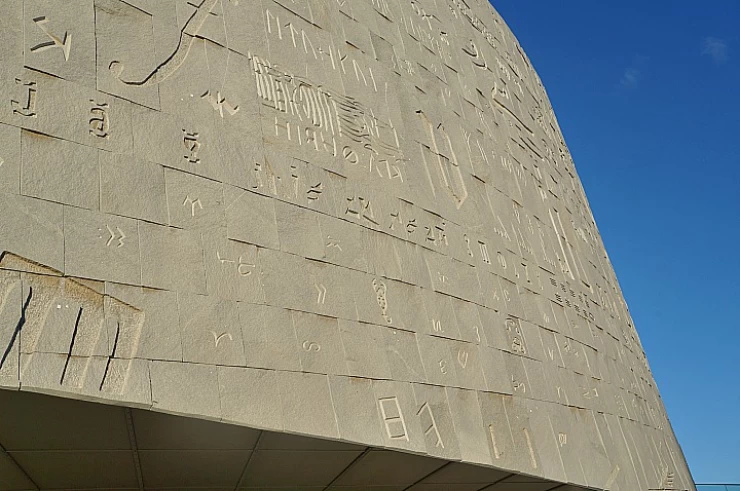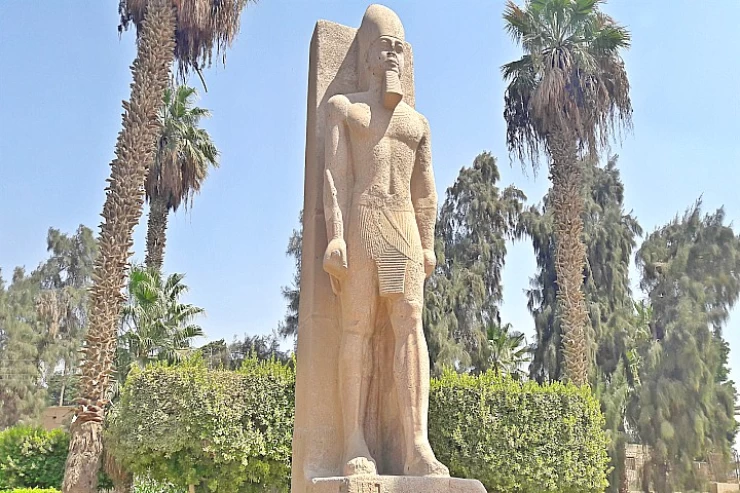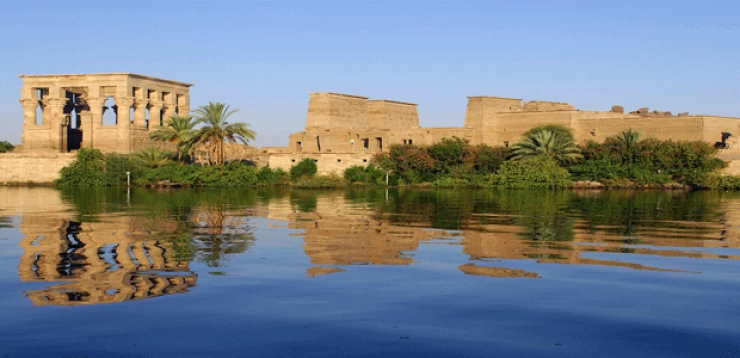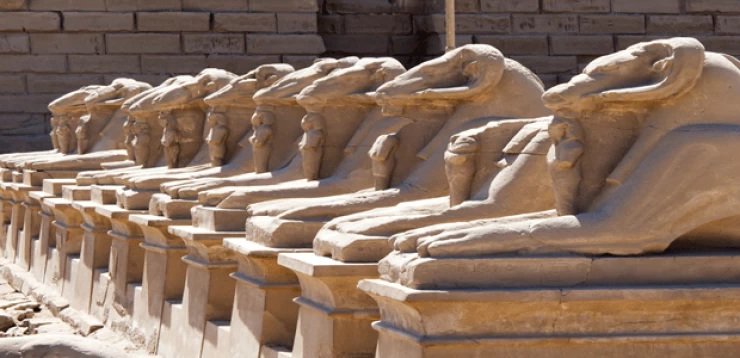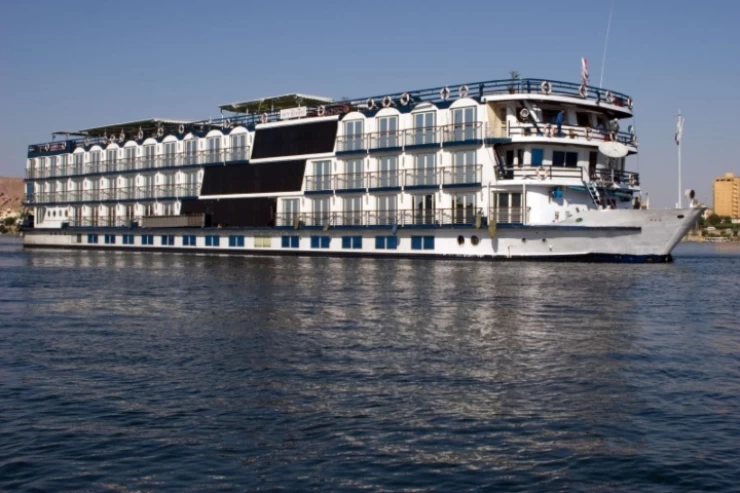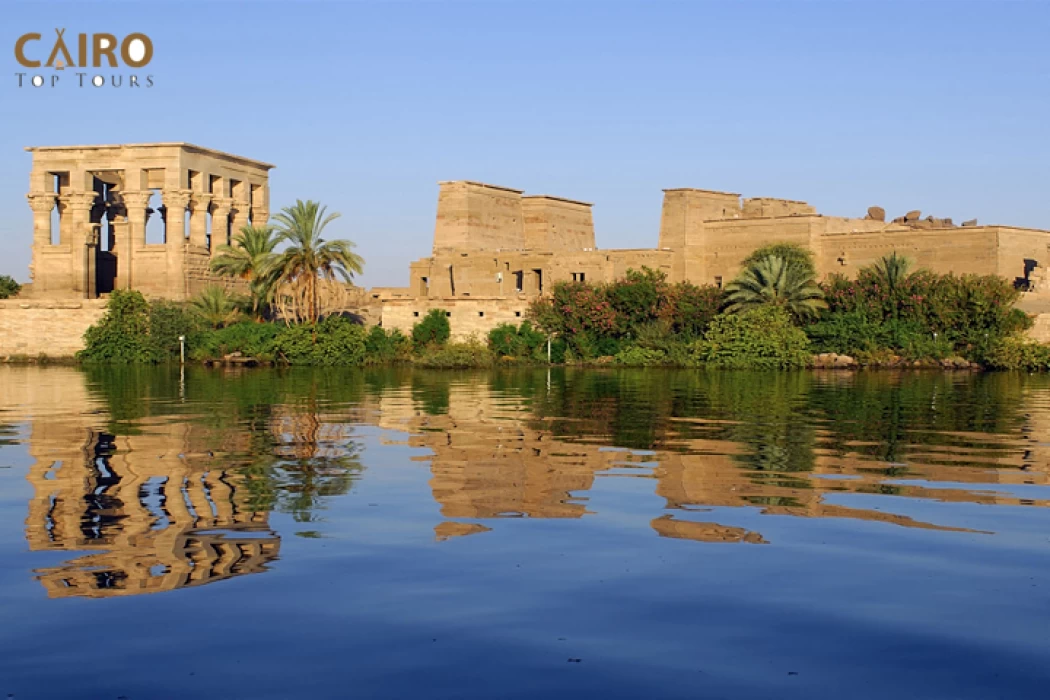
The Philae Temple | Temple of Isis
Philae Temple
Temple of Philae is named after the name "Philae," which is Greek for "beloved." The island lies at the southern end of Egypt as the last center of ancient Egyptian religion 4000 years ago! Philae was a sacred island and a major center of worship that was dedicated to the adoration of Isis, who, along with her husband Osiris and son Horus, are the three most important personalities in ancient Egyptian mythology.
The Temple of Isis is considered one of the most enduring ancient Egyptian temples; the temple functioned until the Byzantine King Justinian I (527-565 AD), who ordered the closure of all pagan temples, where a priest named Ismet-Akhom inscribed the last hieroglyphic text dating back to the fourth century AD (394 AD). The temple was converted into a church, and many of the temple's inscriptions were erased.
Priests would make their way solemnly through the sacred sanctuary of the Temple of Philae with incense and burnt offerings, and the statue of the god would be ceremoniously washed, clothed, and decorated in the temple, appropriately appealed to and loved until it was undressed and washed again, pulled out, and replaced in the sanctuary until the next morning.
Philae Temple through the Ages
The artifacts of Philae cover four major eras: the latter part of the Pharaonic era, the Ptolemaic era, the Roman era, and the Christian era.
Pharaonic period
The temples of Philae were originally built to worship the goddess Isis. Throughout the centuries, Philae gained such a special place in the cult that crowds of followers would gather to relive the story of the death and resurrection of Osiris.
Ptolemaic period
More than two-thirds of the remaining structures at Philae were built in the Ptolemaic period, during which time the island became a prominent pilgrimage site not only for Egyptians and Nubians but also for pilgrims from as far away as Anatolia, Crete, and the Greek mainland. Some of these pilgrims marked their presence with inscriptions on temple walls.
Roman period
Several Roman emperors made artistic and architectural contributions to Philae. While most of the architectural additions date back to the Julio-Claudian dynasty, the island continued to receive contributions to its temples until the reign of Caracalla as well as the triple arch built by Diocletian. In 298 AD.
Christian period
Christianity appears to have been present in Philae by the fourth century, at which time it coexisted with traditional Egyptian religion. According to the Coptic biography The Life of Aaron, Macedonius was the first bishop of Philae (early 4th century), who is said to have killed the sacred falcon found on the island, although contemporary experts have questioned the historicity of this account.
Despite the floods and vandalism, the Temple of Philae is one of Egypt's most magnificent sacred sites. The columns of its Hall of Columns are stunningly preserved, and sculptures such as the carvings in the musical scenes in the Temple of Hathor have retained much of their ancient beauty.
The temple was in danger of being submerged forever with the construction of the New Aswan Dam in 1960-1970, flooding the area. Fortunately, the Egyptian government and UNESCO worked together to pump out the dry area and relocate the entire temple, stone by stone, to a nearby island called Agilka, where it stands today.
Latest Articles
Admin
Wadi El Rayan in Faiyum | Waterfalls in Wadi El Rayan
Wadi Al-Rayan Nature Reserve is one of the distinguished tourist areas in Fayoum Governorate, and one of the most important areas is the picturesque Wadi Al-Rayan Falls with its charming nature, which made it a destination for hundreds of thousands of tourists from different countries of the world who visit it during the year and enjoy practicing various tourist activities around the waterfalls, such as sand skiing, bird watching, and others.
Admin
Tourism in Aswan | Aswan Tourism in Egypt
Aswan Governorate has a huge wealth of diverse natural attractions, including the great Nile River, a large number of nature reserves, vast areas of deserts and mountains, and other areas of attractive nature. It is also characterized by an ancient, unique, rich and diverse civilization, as it possesses a civilizational and cultural heritage that bears witness to all the periods of history that have succeeded in it during thousands of years.
Admin
The Medical Tourism in Egypt | Therapeutic Tourism Egypt
If you are planning medical tourism in Egypt and you don't know what medical tourism places you can visit, let me tell you, dear reader, about places rich in natural resources that provide effective treatments to get rid of diseases and get the most energy and vitality.
Admin
The Nile River information
The Nile River is the longest river in the world and is located in the continent of Africa, and it divides the land of Egypt from south to north to branch into two branches that flow into the Mediterranean Sea, namely the Rosetta Branch and the Damietta Branch, its length is from its headwaters in Lake Tanganyika to its mouth in the Mediterranean Sea
Admin
Goddess Isis | The Egyptian Goddess Isis
In the first millennium BCE, Isis and Osiris became the most worshipped Egyptian deities, and Isis took on many of the traits of the other gods. The rulers of Egypt and its neighbors to the south in Nubia began building temples specifically dedicated to Isis, and her temple at Philae was one of the most important religious centres for Egyptians and Nubians alike.
Admin
God Amun Ra | Amon Ra The Master of the Ancient Egyptian gods
By merging with Ra, Amun manifested himself in creation, thereby combining in himself the two divine opposites: as Amun, he was invisible, mysterious, and detached from the world, and as Ra, he was visible and the giver of everyday life. Similarly, he was associated with Maat, the Egyptian concept of justice and balance in the universe.
